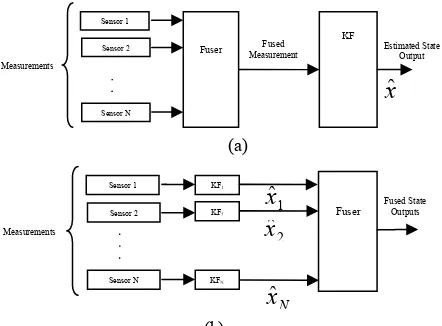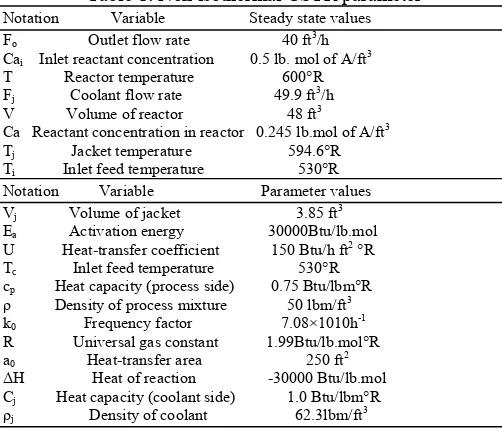Performance Monitoring of Nonlinear CSTR Using Novel Adaptive Unscented Kalman Filter
Full text
Figure



Related documents
EURASIP Journal on Applied Signal Processing 2002 8, 818?830 c? 2002 Hindawi Publishing Corporation An Adaptive Channel Estimation Algorithm Using Time Frequency Polynomial Model for
Table 2 lists the results for GOBSKF compared with AMBPSO and also with conventional MVDR adaptive beamforming algorithm with various signal to noise ratio (SNR) values.. GOBSKF
Then a novel Bi-KF (meaning double Kalman filter) estimator is proposed to deal with the measurement noise and stochastic fading ef- fects resulting in a more reliable estimate
Then a novel Bi-KF (meaning double Kalman filter) estimator is proposed to deal with the measurement noise and stochastic fading ef- fects resulting in a more reliable estimate
Keywords: Lithium ion battery pack; state of charge; square root ; unscented Kalman filter; adaptive covariance matching.. Corresponding author:
For instance, Table 2 shows the nonlinear adaptive filter based on the trained neural network with Barbara applied to the four x-ray images of Figure 3 to which Gaus- sian noise
The proposed technique utilizes Least Mean Square (LMS) technique for echo cancelation and Adaptive Neuro Fuzzy Inference System based non-linear filtering for noise
Keywords —Adaptive Modulation, Bit Error Rate (BER), Signal to Noise Ratio (SNR), Digital Modulation Schemes, Equalization and channel estimation, Rayleigh Fading